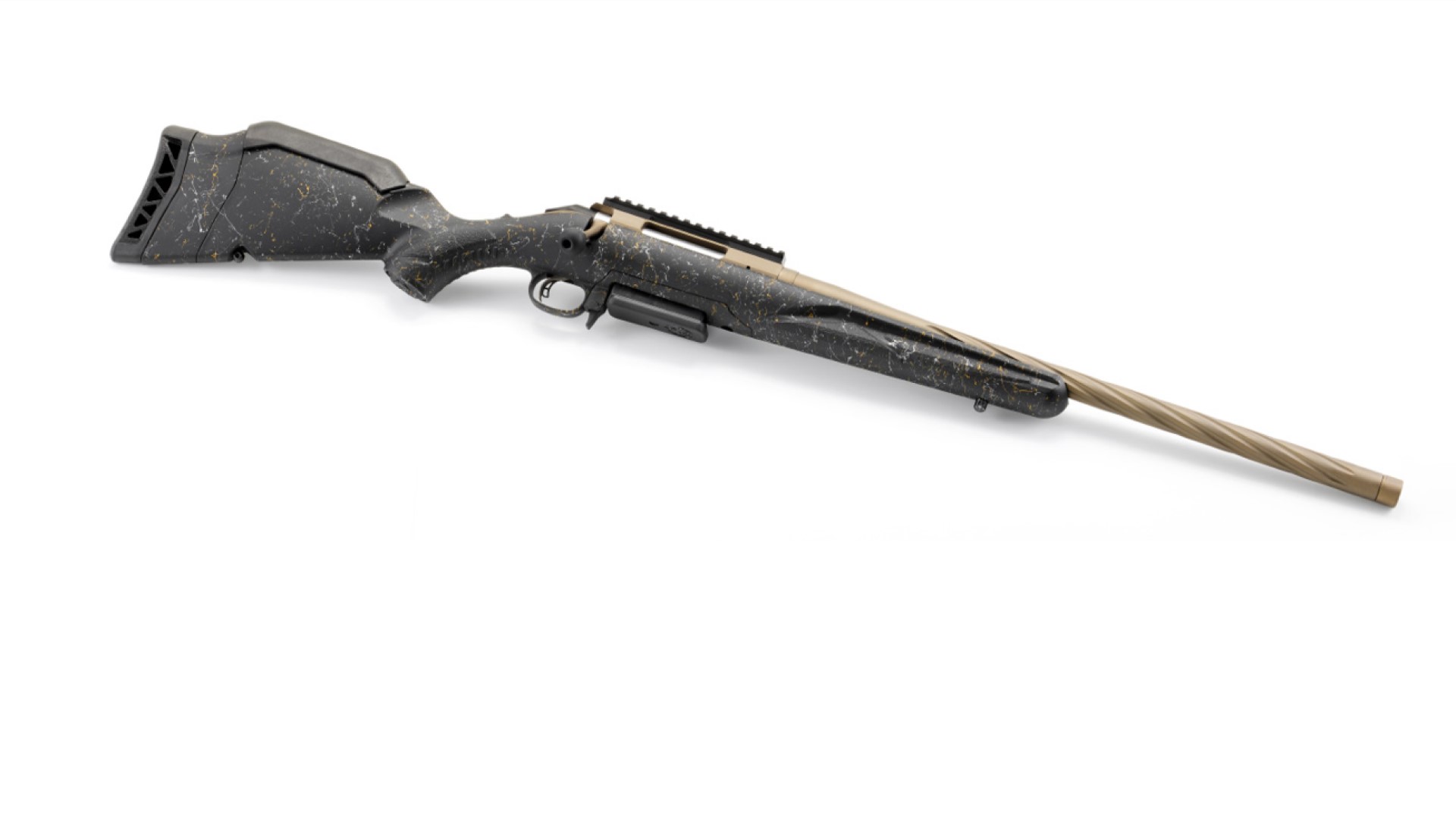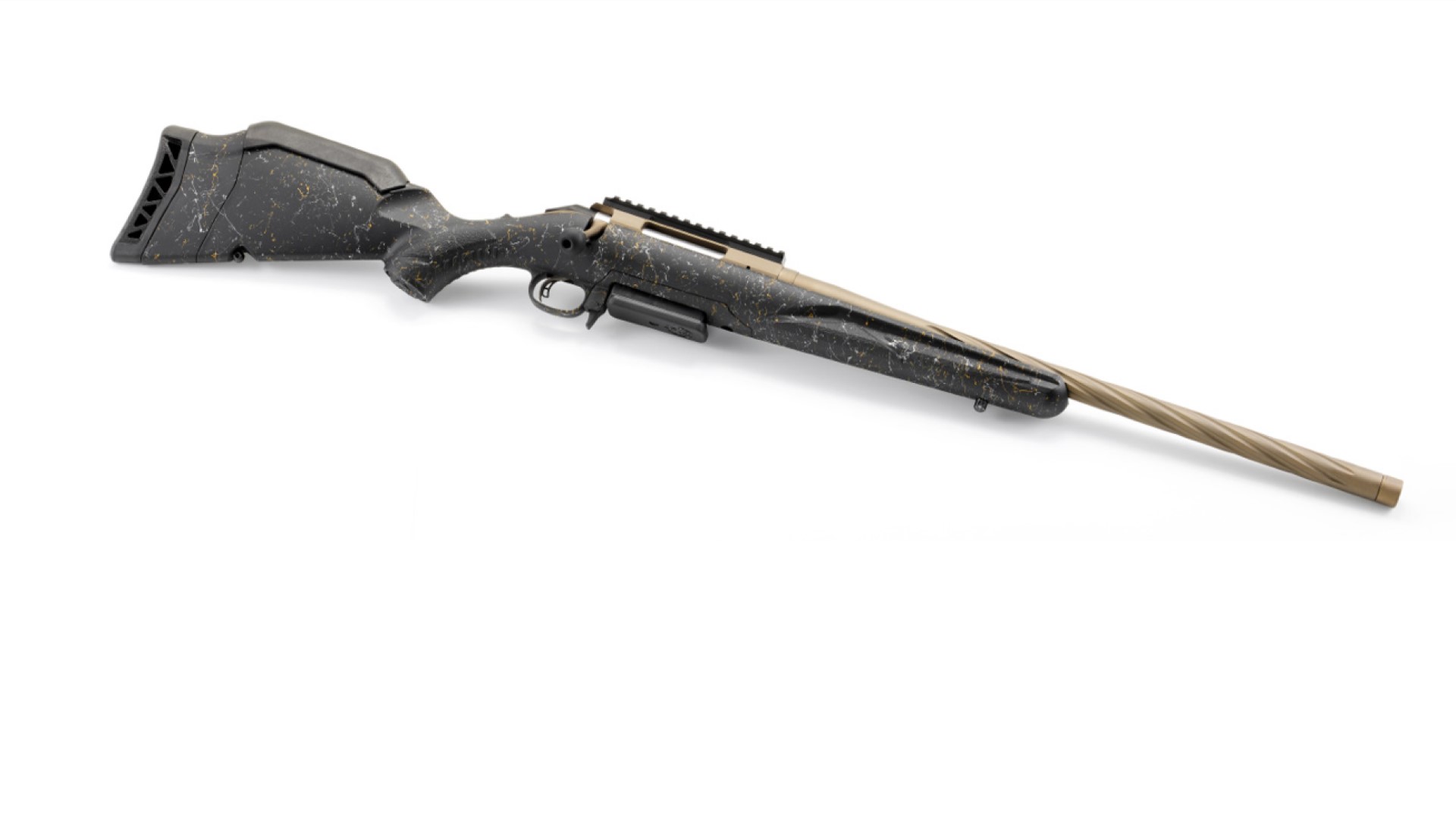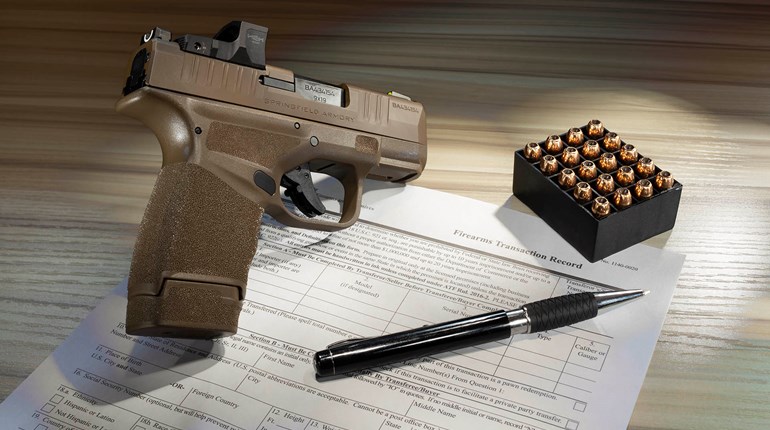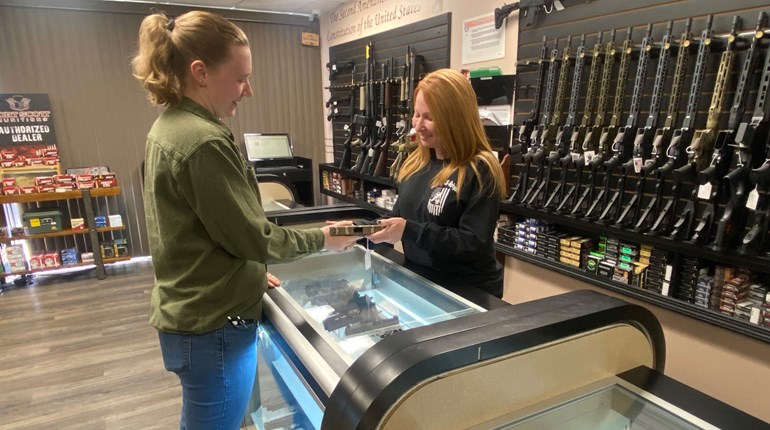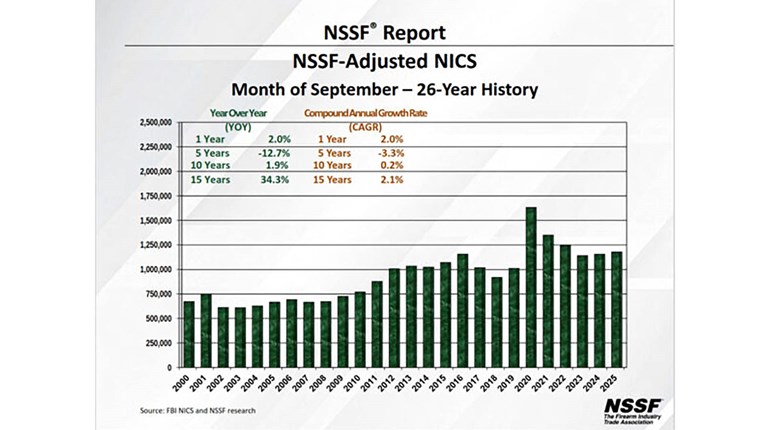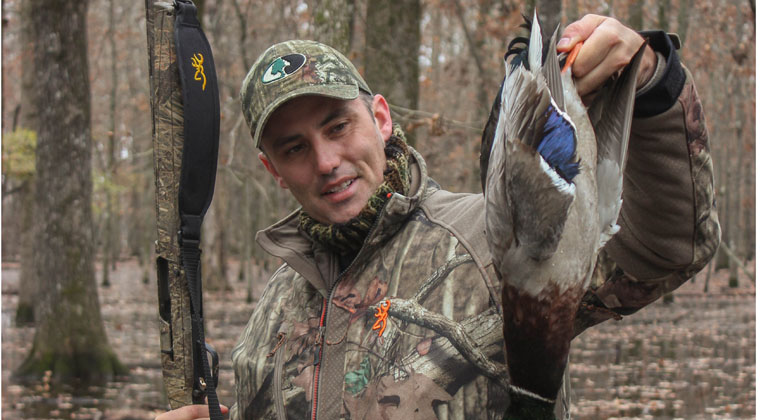
On a cold morning in December of 2002 I headed to the trap and skeet range to break clays with my college shooting team, and immediately noticed that one of the regular members of our squad was missing.
“Isn’t Mike shooting today?” I asked. Another teammate, Eric, who was piecing together his over/under, shook his head.
“Won’t be here. He broke his leg snow skiing.”
“That sounds awful,” I said.
“Yeah,” said Eric, closing his shotgun case and dumping a box of Winchester AAs into his shell pouch. “I’m glad I don’t do anything dangerous like that.”
To some, Eric’s comment may seem ironic since he was heading out to the shooting range, an activity that many would consider highly dangerous. But Eric wasn’t being ironic, and we both knew it. Our team had fired more than 100,000 shells that year, we spent two days of every week on the clays range while school was in session, and none of us had ever been hurt. Poor Mike tried snow skiing just once and ended up wrapped in plaster from his ankle to his hip.
One of the precepts of the anti-gun agenda is that firearms are inherently dangerous, and that the ignorant souls who own them are, either unwittingly or by sheer malice, putting themselves, their families, and everyone else around them in danger, but statistics don’t back up any of these claims. In fact, shooting and hunting are some of the least dangerous sports. Tennis, water skiing, mountain biking and even bowling are all more dangerous than hunting with a firearm. I’d add snow skiing to that list, and I think Mike would agree.
So, in an effort to dispel the myths regarding gun ownership and shed light on how dangerous guns really aren't, let’s take a look at some facts gathered by organizations such as the National Safety Council, CDC, and others:
- Unintentional firearms deaths are down 65 percent since 1993.
- Since the beginning of record keeping in 1903, accidental firearm fatalities are down 94 percent.
- You are 56 times more likely to be involved in a fatal automobile accident than an accidental shooting.
- Firearms are involved in .4 percent of all accidental fatalities, far less than poisoning (29.8 percent), falls (23.1 percent), and suffocation (5.1 percent).
- Firearms account for just 1.7 percent of unintentional fatalities in children under 14 years of age.
- Over the last two decades unintentional firearm fatalities among children under 14 has declined 66 percent, even with a 7 percent increase in the population within this age group.
- Last year, there were .03 injuries per 100 hunters, making hunting less dangerous than swimming, volleyball and lacrosse—and only slightly more dangerous than billiards.
- You are 43 times more likely to be injured riding a bicycle than you are hunting with a firearm.
- Cheerleading results in 30 times as many injuries as hunting.
- Your odds of being injured while hunting deer are substantially lower than being injured by a deer while driving; last year there were an estimated 1.2 million auto-deer collisions resulting in almost 20,000 human injuries and roughly four billion dollars in auto repairs.
Sources: National Shooting Sports Foundation, International Hunter Education Association, Consumer Products Safety Commission, National Electronic injury Surveillance System, State Farm Mutual Automobile Insurance Company, National Sporting Goods Associations, Centers For Disease Control and Prevention, and The National Safety Council.
It’s plain to see that, based on these statistics, guns aren’t intrinsically dangerous. In fact, shooting and hunting are some of the safest pastimes, so the next time someone calls for more gun control you now have the ammunition (pun intended) to fire back at them. And the facts don’t lie.











